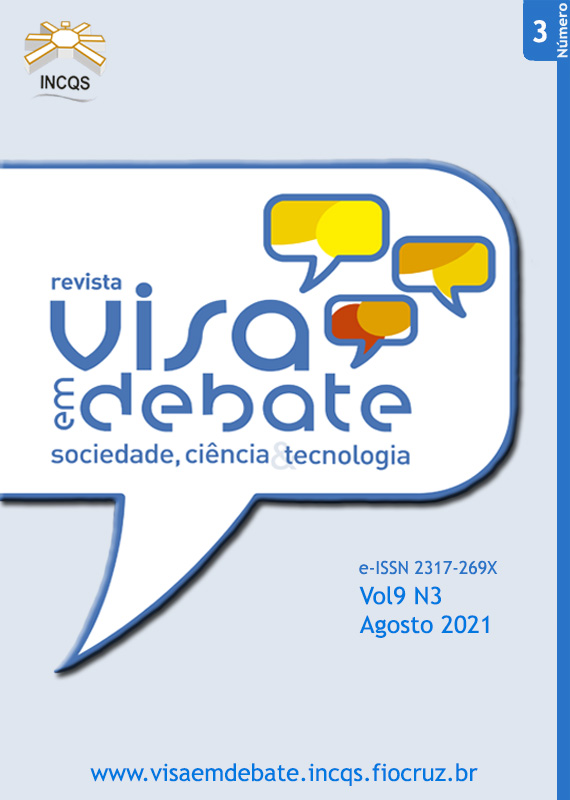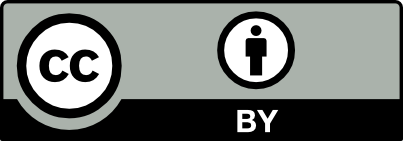Adverse outcome pathways – development and potential regulatory application
DOI:
https://doi.org/10.22239/2317-269X.01835Keywords:
Adverse Outcome Pathway, Hazard Assessment, Mode of Action, Risk Assessment, Regulatory ToxicologyAbstract
Introduction: Over the last two decades, chemical safety assessment and regulatory toxicology have progressed from empirical science based on direct observation of apical adverse outcomes in whole organisms to a predictive practice that infers outcomes and risks on the basis of accumulated understanding of toxicological mechanisms and modes of action. Objective: To provide general concepts on how Adverse Outcome Pathways (AOPs) are developed and examples related to skin sensitization, endocrine, disruption, and mitochondrial dysfunction. Method: Narrative review based on data of the scientific literature relevant to the theme addressed and on the experience of the authors. Results: An AOP framework provides a systematic approach to organize knowledge about mechanisms of toxicity that may inform analytical domains in regulatory decision-making. AOPs are open structures that may indicate not only data gaps in the understanding of a toxicity process, but also testing procedures that will generate the necessary knowledge to fill those gaps. Every AOP should be continuously refined through the collaborative efforts of the scientific community. Depending on the amount and detail of information that is successively inserted, AOP may progress from the stage of a putative AOP to the stages of qualitative and quantitative AOPs, which are more fit-for-purpose to support regulatory decision-making. Conclusions: Continuous collaboration between AOP developers within the scientific community and the regulatory corps toward the development of this mechanistic structure will support the advancement of toxicological sciences, regardless of its immediate application for regulatory purposes.
Downloads
Downloads
Published
Issue
Section
License
Copyright (c) 2021 Health Surveillance under Debate: Society, Science & Technology (Vigilância Sanitária em Debate: Sociedade, Ciência & Tecnología) – “Visa em Debate”

This work is licensed under a Creative Commons Attribution-NonCommercial 4.0 International License.
COPYRIGHT ALLOWANCE The author (s) hereinafter designated as the ASSIGNOR hereby assign and transfer, free of charge, the ownership of the copyrights related to this ARTICLE to the Vigilância Sanitária em Debate: Sociedade, Ciência & Tecnologia (Health Surveillance under Debate: Society, Science & Technology) – Visa em Debate, represented by FUNDAÇÃO OSWALDO CRUZ, established at Av. Brasil, nº 4365, Manguinhos, Rio de Janeiro, RJ, Brazil, CEP 21045-900, under the conditions set out below: (a) The terms and conditions set forth in this Agreement shall apply to the following: 1. The ASSIGNOR declares that they s(he) is (are) the author (s) and owner (s) of the copyrighted property of the ARTICLE submitted. 2. The ASSIGNOR declares that the ARTICLE does not infringe the copyrights and / or other property rights of third parties, that the disclosure of images (if any) has been authorized and that they s(he) assume(s) full moral and / or property liability for its content, before third parties. 3. THE ASSIGNOR assigns and transfers all copyrights relating to the ARTICLE to the ASSIGNEE, especially the rights of editing, publication, translation into another language and reproduction by any process or technique. The ASSIGNEE becomes the exclusive owner of the rights related to the ARTICLE, and any reproduction, totally or partially, is prohibited in any other means of publicity, printed or electronic, without prior written authorization from the ASSIGNEE. 4. The assignment is free and, therefore, there will be no remuneration for the use of the ARTICLE by the ASSIGNEE.







